- Hardiness Zone: 2-10 Biennial Typically Grown As An Annual
Seed Depth: 1/4–1/2 inch
Seed Spacing: 18–24 inches
Row Spacing: 24–36 inches
Sunlight: Full sun to partial shade
Days to Sprout: 5–10 days
Days to Maturity: 75–80 days
Growth Habit: Upright, leafy biennial grown as an annual
Sunlight: Prefers full sun but tolerates partial shade, especially in warmer climates.
Soil Type: Thrives in well-drained, fertile soil with a pH of 6.0–7.5. Enrich with compost for better growth.
When to Plant: Sow seeds directly outdoors in early spring or late summer for a fall crop. For an earlier harvest, start seeds indoors 4–6 weeks before the last frost.
Direct Sowing: Plant seeds 1/4–1/2 inch deep, spacing them 18–24 inches apart in rows 24–36 inches apart. Thin seedlings to the desired spacing once they emerge.
Indoor Sowing: Start seeds in trays and transplant when seedlings are 4–6 inches tall.
Succession Planting: Sow every 2–3 weeks for a continuous harvest during cool weather.
Watering: Water deeply and consistently to keep soil evenly moist but not soggy. Mulch helps retain moisture and regulate temperature.
Fertilizing: Apply a balanced fertilizer or compost at planting and again mid-season to encourage leafy growth.
Pruning: Harvest outer leaves regularly to encourage new growth and maintain plant health.
Pest and Disease Control: Watch for aphids, cabbage worms, and flea beetles. Use organic pest controls and ensure proper spacing for airflow.
When to Harvest: Harvest outer leaves when they are 10–12 inches long, typically 75–80 days after planting. For baby greens, harvest earlier.
How to Harvest: Use scissors or a knife to cut leaves at the base, leaving the central growing point intact for continuous harvests.
Seed Collection: Allow plants to bolt and form seed pods in their second year. Collect seeds once pods are dry and brittle.
Storing Seeds: Store seeds in an airtight container in a cool, dry place.
Why You’ll Love It
Heirloom Favorite: A classic Southern staple grown for generations — dependable, hearty, and full of flavor.
Heat and Cold Tolerant: Thrives in a wide range of climates and tastes even better after a light frost.
Big, Tender Leaves: Produces large, upright leaves with smooth texture and mild flavor.
Nutrient Dense: Packed with vitamins A, C, and K — a nutritious addition to your garden and your table.
Plant Characteristics
Height: 24–36 inches
Growth Habit: Upright with a central stalk and broad, leafy greens
Leaf Type: Large, smooth, blue-green leaves with slight savoying
Days to Maturity: 75–85 days
Hardiness: Cool-season biennial grown as an annual
Flavor and Culinary Uses
Flavor: Mild, slightly earthy, and sweeter after frost — less bitter than other leafy greens
Culinary Uses: Great for braising, sautéing, soups, stews, and slow-cooked Southern dishes
Companion Planting Tips
Good Companions: Onions, beans, beets, and marigolds
Avoid Planting Near: Strawberries and other brassicas that share pests
Bonus Benefit: Attracts beneficial insects and can be harvested continuously for months
Common Issues and Solutions
Cabbage Loopers and Aphids: Use neem oil or floating row covers early in the season
Tough Leaves: Harvest young for tender texture or cook slowly to soften mature leaves
Bolting in Heat: While heat-tolerant, plants may bolt in extended hot spells — mulch and water deeply to reduce stress
Seeds Per Packet
| 1g | Approximately 280 |
| 5g | Approximately 1,400 |
Why You’ll Love It
Heirloom Favorite: A classic Southern staple grown for generations — dependable, hearty, and full of flavor.
Heat and Cold Tolerant: Thrives in a wide range of climates and tastes even better after a light frost.
Big, Tender Leaves: Produces large, upright leaves with smooth texture and mild flavor.
Nutrient Dense: Packed with vitamins A, C, and K — a nutritious addition to your garden and your table.
Plant Characteristics
Height: 24–36 inches
Growth Habit: Upright with a central stalk and broad, leafy greens
Leaf Type: Large, smooth, blue-green leaves with slight savoying
Days to Maturity: 75–85 days
Hardiness: Cool-season biennial grown as an annual
Flavor and Culinary Uses
Flavor: Mild, slightly earthy, and sweeter after frost — less bitter than other leafy greens
Culinary Uses: Great for braising, sautéing, soups, stews, and slow-cooked Southern dishes
Companion Planting Tips
Good Companions: Onions, beans, beets, and marigolds
Avoid Planting Near: Strawberries and other brassicas that share pests
Bonus Benefit: Attracts beneficial insects and can be harvested continuously for months
Common Issues and Solutions
Cabbage Loopers and Aphids: Use neem oil or floating row covers early in the season
Tough Leaves: Harvest young for tender texture or cook slowly to soften mature leaves
Bolting in Heat: While heat-tolerant, plants may bolt in extended hot spells — mulch and water deeply to reduce stress
Seeds Per Packet
| 1g | Approximately 280 |
| 5g | Approximately 1,400 |

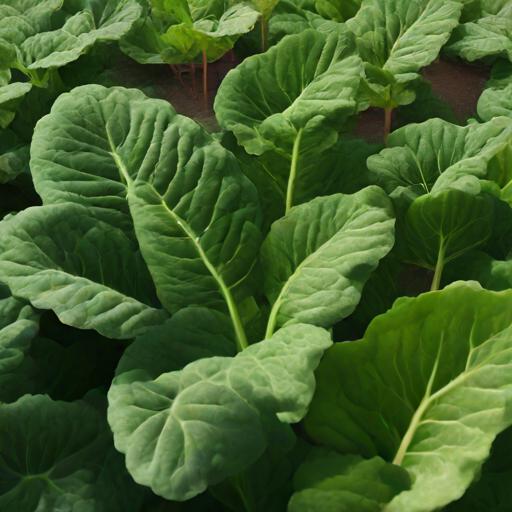
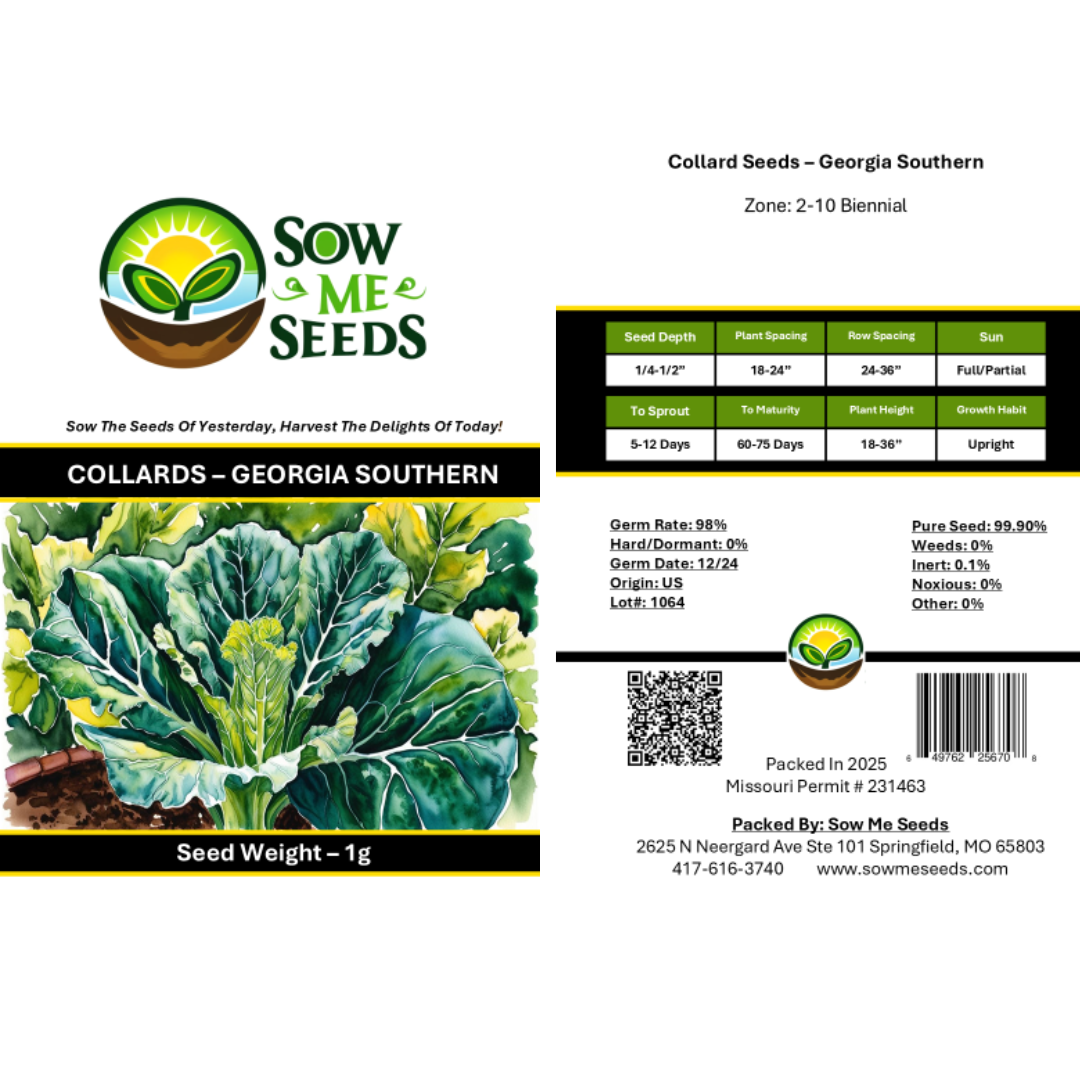
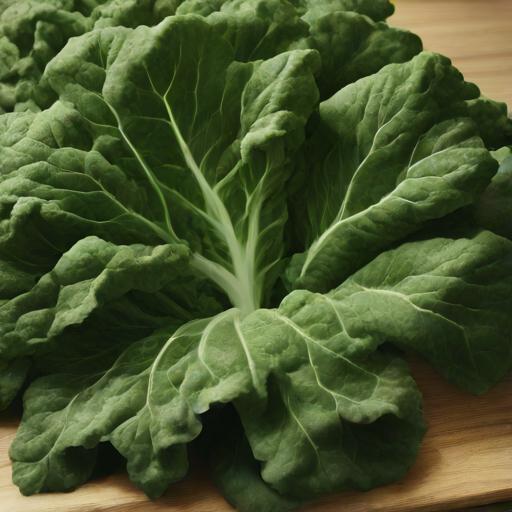
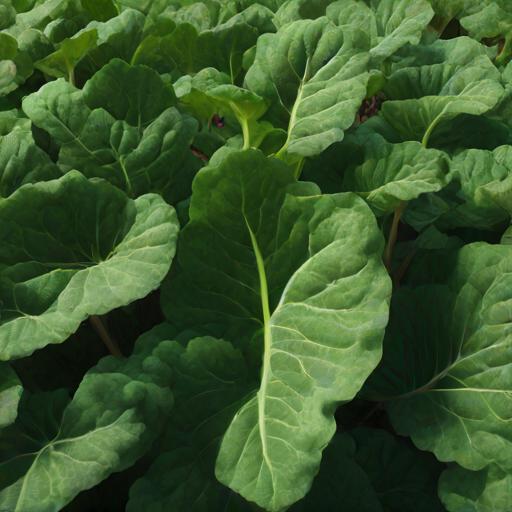
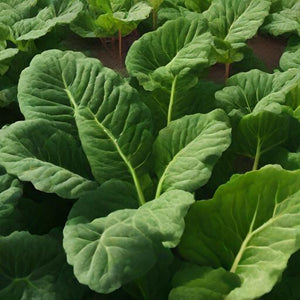
Share and get 15% off!
Simply share this product on one of the following social networks and you will unlock 15% off!